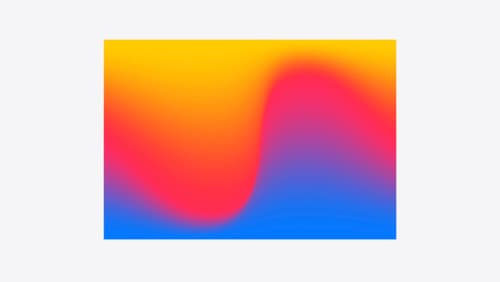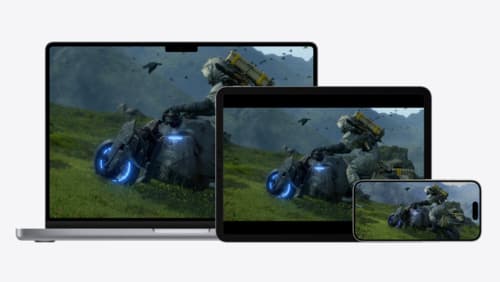how can i improve my metal shader
Asked on 2024-07-31
1 search
To improve your Metal shader, you can leverage several tools and techniques discussed in the WWDC sessions:
-
Metal Shader Converter: This tool can help you port your shaders to Metal efficiently. It supports all shader stages, including advanced ones like ray tracing and mesh shaders. It also helps with resource layouts and includes a runtime library for binding resources to pipelines. You can invoke it from the command line or link against its dynamic library on both Windows and macOS. For more details, refer to the Port advanced games to Apple platforms session.
-
Debugging and Profiling: Utilize Metal's debugging and profiling tools to analyze dependencies, investigate visual artifacts, and profile shaders. You can prepare your shaders for debugging and profiling in Xcode by adding
-Ziand-Qembed_debugas arguments for the DXC command. This will propagate the debug information to the Metal libraries. For more information, see the Port advanced games to Apple platforms session. -
MetalFX: This feature can significantly improve the performance of your game by scaling a lower resolution image up to the target output resolution. It includes a new reactive mask feature that helps achieve higher upscaling fidelity in scenes with fast-moving objects. For implementation details, refer to the Port advanced games to Apple platforms session.
-
Environment Radiance Node: If you need a material that has more than unlit color but doesn't require a full PBR shader, you can use the environment radiance node in the shader graph. This node allows you to use shading information from your IBL inside an unlit graph, providing dynamic lighting effects without the cost of a full PBR material. For more details, see the Optimize your 3D assets for spatial computing session.
-
Shader Graph in Reality Composer Pro: Use Reality Composer Pro's shader graph to set up your materials and textures efficiently. This can help you optimize your 3D assets for spatial computing. For a primer on setting up materials and shader graph, refer to the Optimize your 3D assets for spatial computing session.
By utilizing these tools and techniques, you can enhance the performance and visual quality of your Metal shaders.

Create custom visual effects with SwiftUI
Discover how to create stunning visual effects in SwiftUI. Learn to build unique scroll effects, rich color treatments, and custom transitions. We’ll also explore advanced graphic effects using Metal shaders and custom text rendering.

Port advanced games to Apple platforms
Discover how simple it can be to reach players on Apple platforms worldwide. We’ll show you how to evaluate your Windows executable on Apple silicon, start your game port with code samples, convert your shader code to Metal, and bring your game to Mac, iPhone, and iPad. Explore enhanced Metal tools that understand HLSL shaders to validate, debug, and profile your ported shaders on Metal.

Optimize your 3D assets for spatial computing
Dive into an end-to-end workflow for optimized 3D asset creation. Discover best practices for optimizing meshes, materials, and textures in your digital content creation tool. Learn how to harness shader graph, baking, and material instances to enhance your 3D scene while optimizing performance. Take advantage of native tools to work more effectively with your assets and improve your app’s performance.
